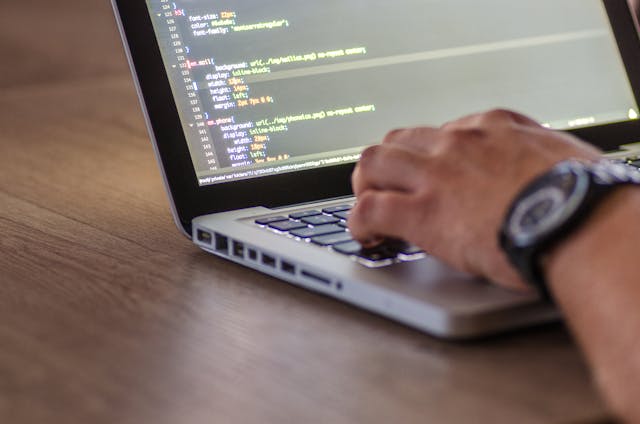Mastering UI Design with Flutter: Tips, Tricks, and Tools
You have probably heard about Flutter apps, high-performance cross-platform applications with a single code base. They are built on Flutter, an open-source UI SDK created by Google on Dart. Flutter UI is gaining popularity because it combines visual elements that users can see and engage with, like buttons, images, lists, navigation patterns, text fields, animations, and more. The ease of work, touch of creativity, simplicity of coding, and its numerous awesome tools make Flutter a popular choice in the development world. But how do you master UI design with Flutter?
Let us introduce a few tips, tricks, and tools you’re going to love.
TOP 3 Reasons Why Use Flutter for UI Development
Most businesses use lean canvas model examples to help grow their ideas into tangible products. They also chose Flutter to develop an impressive user interface.
- Flutter boosts UI development: This framework provides software engineers with a clear and declarative approach to developing UIs. The development flow is pretty streamlined, and engineers feel free to apply some reactivity, automatically updating UIs in case of changes.
- Flutter guarantees an extensive widget library: Its library has a huge number of UI tools and components for developing applications on iOS and Android. The library is also designed so that users can utilize the same widget sets, building UIs that feel and look native to both mobile platforms.
- Flutter offers Material Design for customizable UIs: There are styles, themes, and animations that help developers customize apps and achieve branded looks for the products they build. Flutter offers Material Design support and iOS-focused design, thus making sure users enjoy native-like experiences on both platforms.
Top Tools & Resources for UI Design on Flutter
Most developers are surprised by Flutter's plugins and tools for UI development. Some developers even go to Blip School and join educational programs to learn about UI design on Flutter. Below are resources and tools developers can use to boost their Flutter development skills:
- Design. Adobe XD is used for creating UIs, interactive prototypes, and wireframes. Engineers use XD plugins to export designs from Adobe XD to Flutter. Figma also allows designers to create very interactive design systems components and interactive prototypes and then generate Flutter code via FlutterFlow plugins.
- Libraries and UI Kits. Flutter has packages as part of its ecosystem, which is an environment of icon sets, animation utilities, and more. Designers find many resources that boost their development skills there. Besides packages, Flutter offers a gallery that showcases UI patterns, design concepts, and widgets.
- Education: Flutter programs are open-source and free for those eager to learn and grow professionally. Flutter experts offer educational materials supported by practice lessons and videos.
How to Implement a UI in Flutter?
Before we start sharing some practical tips, here’s a quick hint: Flutter already has everything you need, so you won’t have to look any further.
Choose Your Widget
Regardless of the UI type you are planning to create, Flutter has it all. Your first step is to decide on a widget for your purposes. For example, you can choose IconButton, FlatButton, or RaisedButton for your button setup. Take your time to study widget options and find what you need.
Do the Arrangements
After you have chosen the appropriate widgets, arrange them responsively utilizing the layout technology. Flutter offers software developers two layouts: columns and rows, meaning you can arrange layouts diagonally or laterally.
Debug with Flutter Inspector
This is a great way to analyze and debug the User Interface you created. Flutter Inspector features exhaustive details on all widgets (position, size, and other characteristics) and quickly finds performance issues and layout bottlenecks that affect UI.
Work on Uniqueness
One of the peculiarities of Flutter widgets is their adjustability. They are easy to customize (behavior and appearance) to match product requirements. This ability is of top importance when building an exceptional feel and look to your UI.
Think Over Design Responsiveness
A responsive design is all about the ability to adjust to different screens and screen resolutions. For this, Flutter has the LayoutBuilder and MediaQuery components, which help simplify the implementation of an adaptive design.
Conclusion
Flutter has all the tools to create an exceptional UI design. Focus on honing your skills with this framework to become a top designer in the software world. This is specifically important for mobile app developers. However, it is forecast that Flutter will soon start winning the web app world, too, excluding other technologies. Make sure you’re ready for Flutter advancement.

